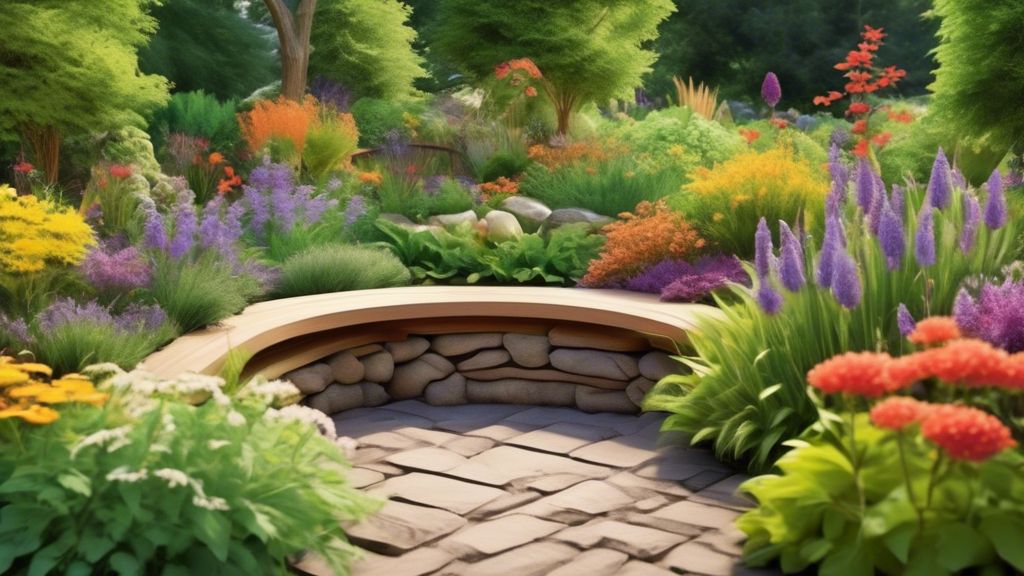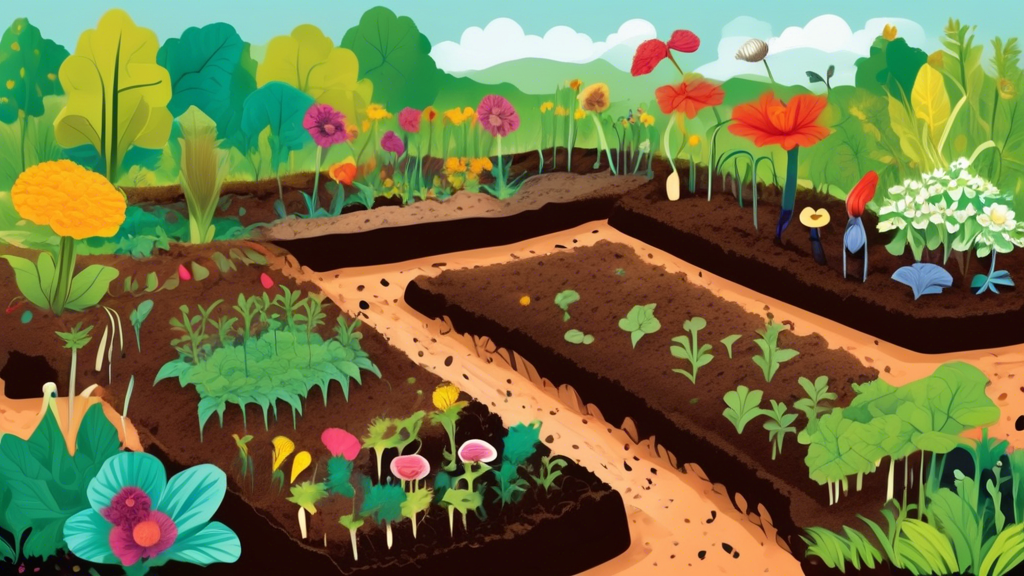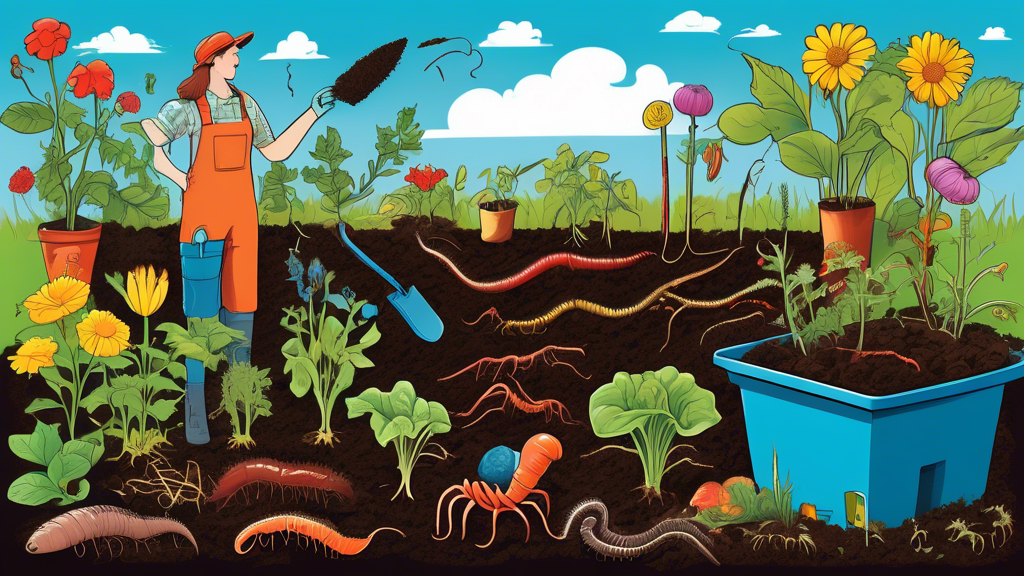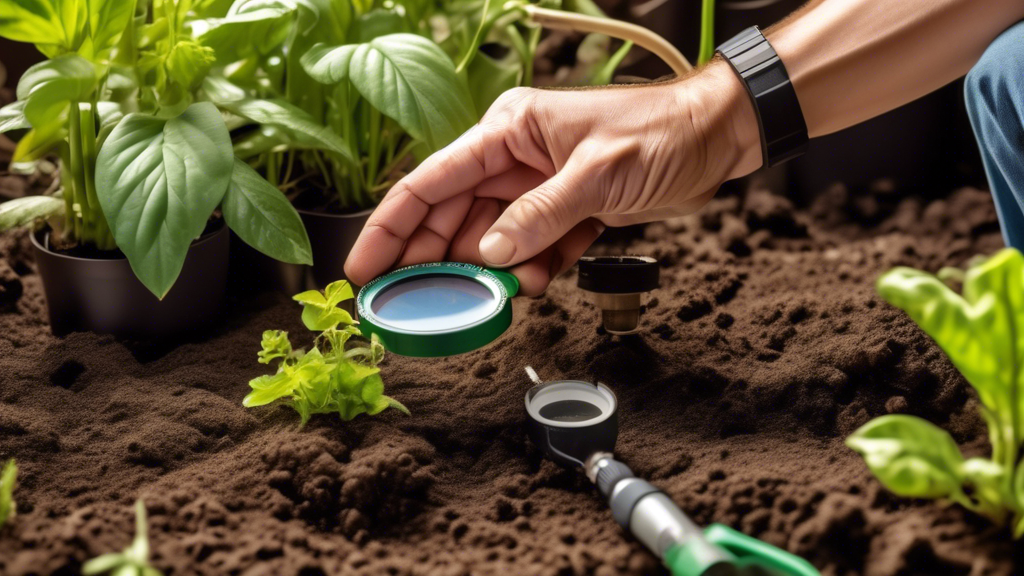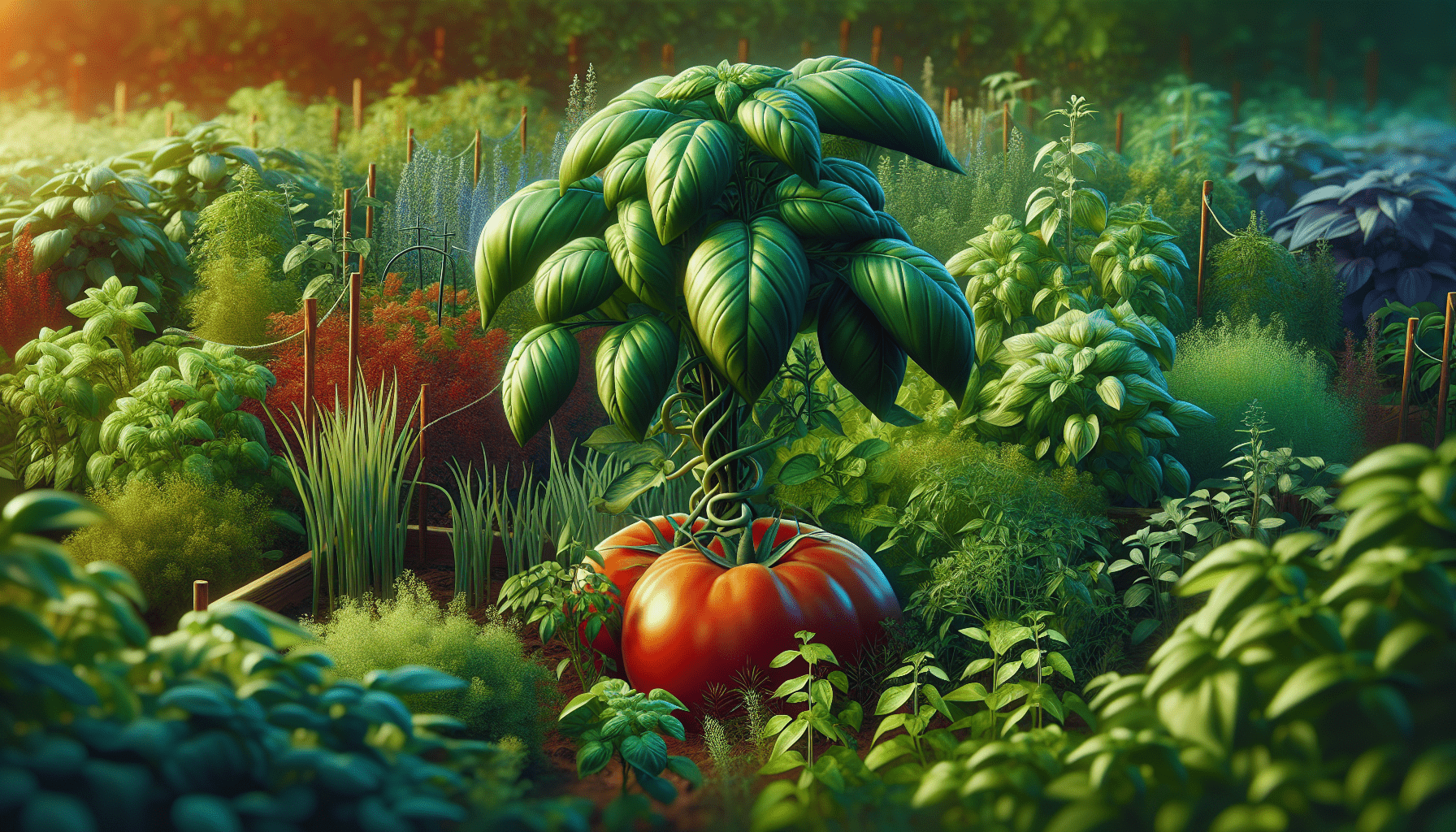
What is Companion Planting and Why Does it Work?
The Core Principle: Creating a Cooperative Garden Ecosystem
Companion planting is the strategic placement of different plant species near one another to achieve specific benefits. Instead of viewing your garden as a collection of isolated plants, you cultivate a miniature, interdependent ecosystem. This practice moves beyond simple monoculture, harnessing natural relationships to create a healthier, more resilient, and productive garden.
Key Benefits: Why You Should Start Companion Planting
The advantages of companion planting are multifaceted, offering solutions to common gardening challenges.
- Natural Pest Control (The “Trap Crop” and “Repellent” Strategies): Certain plants emit strong scents that mask the aroma of their neighbors, confusing and repelling pests. Others, known as “trap crops,” are more attractive to pests, luring them away from your prized vegetables.
- Improved Pollination and Fruit Set: By interplanting flowers that attract bees, butterflies, and other pollinators, you ensure that your fruiting crops like zucchini, tomatoes, and cucumbers get the attention they need to produce a bountiful harvest.
- Enhanced Soil Health and Nutrient Availability: Legumes, such as peas and beans, have a symbiotic relationship with bacteria that allows them to fix atmospheric nitrogen into the soil, making it available for neighboring, nitrogen-hungry plants. Deep-rooted plants can also “mine” nutrients from subsoil and bring them to the surface.
- Efficient Use of Space and Providing Shade/Support: Pairing tall plants with low-growing, shade-tolerant ones (like lettuce planted between tomato plants) maximizes yield in a small area. Tall, sturdy plants like corn can also act as a natural trellis for climbing plants like beans.
Something You Might Not Know: The “Talkative” Garden
Your garden is a hub of constant, silent communication. Plants are not passive organisms; they are actively “talking” to each other and the environment through chemical signals released into the air and soil. When a plant is attacked by a pest, it can release volatile organic compounds (VOCs) into the air. These VOCs serve as a warning signal to nearby plants, which can then preemptively ramp up their own chemical defenses. Similarly, root exudates—chemicals secreted by roots—can attract specific beneficial soil microbes or nematodes that will attack the root systems of competing, unwanted plants. This complex “Wood Wide Web” of fungal networks can also facilitate this communication, making your garden a truly interconnected community.
Classic Companion Planting Pairings to Implement Now
The “Three Sisters” Method: A Time-Tested Trio
This legendary Native American planting technique perfectly illustrates the synergy of companion planting. Corn, beans, and squash are planted together in a single mound.
- Corn: Provides a natural, sturdy pole for the beans to climb.
- Beans: Fix nitrogen in the soil, fertilizing the corn and squash.
- Squash: Spreads its broad leaves along the ground, creating a living mulch that shades out weeds and conserves soil moisture.
Dynamic Duos for Your Vegetable Patch
Here are some of the most effective and popular pairings to get you started:
- Tomatoes & Basil: Basil is said to improve the flavor of tomatoes while its strong scent repels thrips, flies, and mosquitoes. It may also help deter tomato hornworms.
- Carrots & Onions: The strong smell of onions (and other alliums like garlic and leeks) confuses and deters the carrot root fly, which is attracted by the scent of carrot foliage.
- Cucumbers & Nasturtiums: Nasturtiums act as a brilliant “trap crop” for aphids, luring them away from your cucumber vines. They also attract predatory insects that feed on aphids.
- Cabbage & Dill: Dill attracts beneficial wasps and other predatory insects that prey on common cabbage pests like caterpillars and aphids.
Plants to Keep Apart: Avoiding Problematic Pairings
Understanding Plant Antagonism
Just as some plants are good neighbors, others can inhibit each other’s growth. This “antagonism” can occur through allelopathy (the release of chemicals that suppress growth), competition for the same nutrients, or by attracting the same pests and diseases.
Common Combinations to Avoid in Your Garden
- Beans and Onions/Garlic: Onions, garlic, and other alliums can stunt the growth of bean plants and inhibit their ability to fix nitrogen.
- Potatoes and Tomatoes: As members of the same nightshade family, they are susceptible to the same blights and pests (like the Colorado potato beetle). Planting them together can create a hotspot for disease and make pest control more difficult.
- Cucumbers and Aromatic Herbs: Strongly aromatic herbs like sage and mint can sometimes inhibit the growth of cucumbers. While not always a hard rule, it’s a pairing to be cautious with.
Your Quick-Reference Companion Planting Chart
A Visual Guide to Friends and Foes
| Vegetable | Good Companions (Friends) | Bad Companions (Foes) |
|---|---|---|
| Tomatoes | Basil, Marigolds, Carrots, Onions, Asparagus, Nasturtiums, Parsley | Corn, Potatoes, Fennel, Cabbage |
| Beans (Bush & Pole) | Corn, Carrots, Cucumbers, Cabbage, Marigolds, Strawberries | Onions, Garlic, Leeks, Chives, Peppers |
| Cucumbers | Beans, Peas, Radishes, Sunflowers, Nasturtiums, Dill | Potatoes, Aromatic Herbs (e.g., Sage) |
| Carrots | Tomatoes, Onions, Leeks, Rosemary, Sage, Lettuce | Dill, Parsnip |
| Cabbage (Broccoli, Kale, etc.) | Beets, Celery, Dill, Onions, Potatoes, Sage, Chamomile | Strawberries, Tomatoes, Pole Beans |
Frequently Asked Questions About Companion Planting
Does companion planting really work, or is it just gardening folklore?
While some pairings are steeped in tradition and anecdotal evidence, many have a solid scientific basis. The pest-repelling properties of aromatic herbs, the nitrogen-fixing ability of legumes, and the role of flowers in attracting pollinators are all well-documented. The key is to view it as one tool in an integrated pest and garden management strategy, not a magic bullet.
Can I practice companion planting in containers or small spaces?
Absolutely! Container gardening is an excellent way to practice companion planting. A large pot can host a “thriller, filler, spiller” combination with a functional twist. For example, a tomato (thriller), some basil (filler), and nasturtiums (spiller) make a perfect, pest-resistant container trio.
How close do companion plants need to be to each other to be effective?
Proximity matters. For pest-repelling plants or those that provide shade, they should be immediate neighbors, interplanted within the same row or bed. For plants that attract beneficial insects from a distance, like a patch of flowering herbs, they can be placed at the edge of the garden and still be effective.
What are the best companion plants to attract pollinators?
To create a pollinator paradise, interplant borage, calendula, bee balm, lavender, cosmos, and sunflowers. These are powerhouse attractors for bees, butterflies, and other beneficial insects that will service your entire garden.
Where can I find a more detailed guide to successful pairings for a specific plant?
Your local cooperative extension service is a fantastic resource for region-specific advice. Many university agricultural websites and reputable gardening books also offer extensive, searchable databases on companion planting.
Putting It All Together: Your Action Plan
Start Small and Observe
Don’t feel you need to redesign your entire garden at once. Pick one or two of the classic pairings, like tomatoes and basil or carrots and onions, and try them in a single bed or a few containers this season.
Keep a Garden Journal to Track Your Success
Document what you planted, where you planted it, and your observations throughout the season. Note pest pressure, plant health, and overall yield. This data is invaluable for refining your strategy year after year.
Embrace the Experiment—Gardening is a Learning Process.
Not every pairing will work perfectly in every garden due to unique soil, climate, and pest conditions. Companion planting is a framework, not a rigid set of rules. Be curious, try new combinations, and learn from both your successes and failures. The most successful garden is one that is actively observed and lovingly tended.

